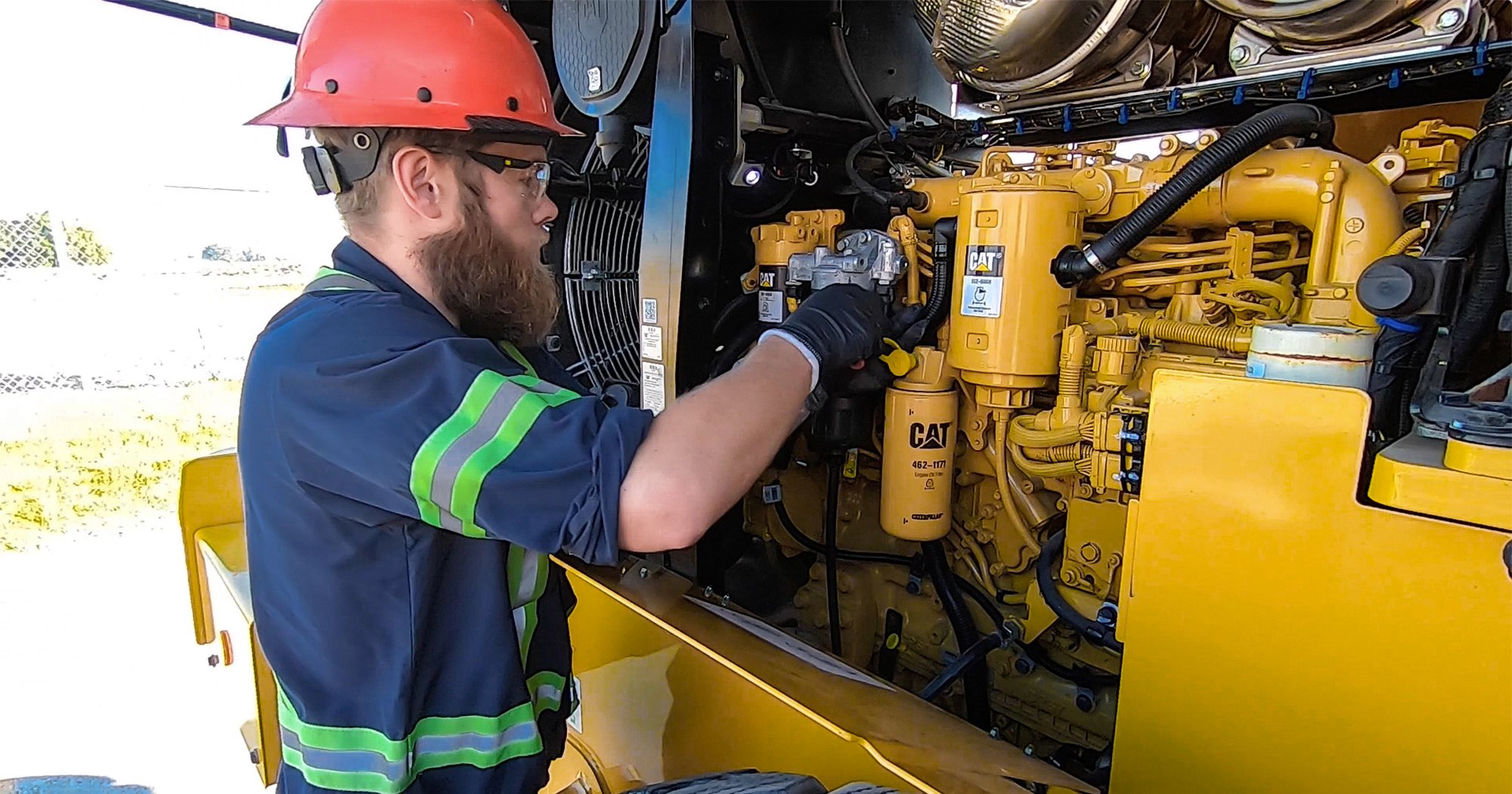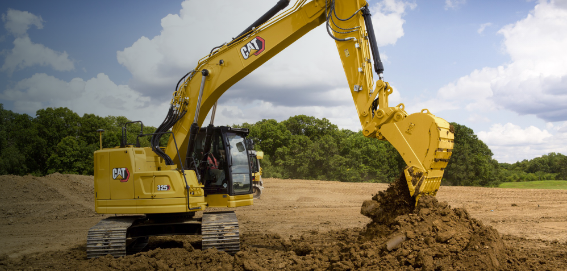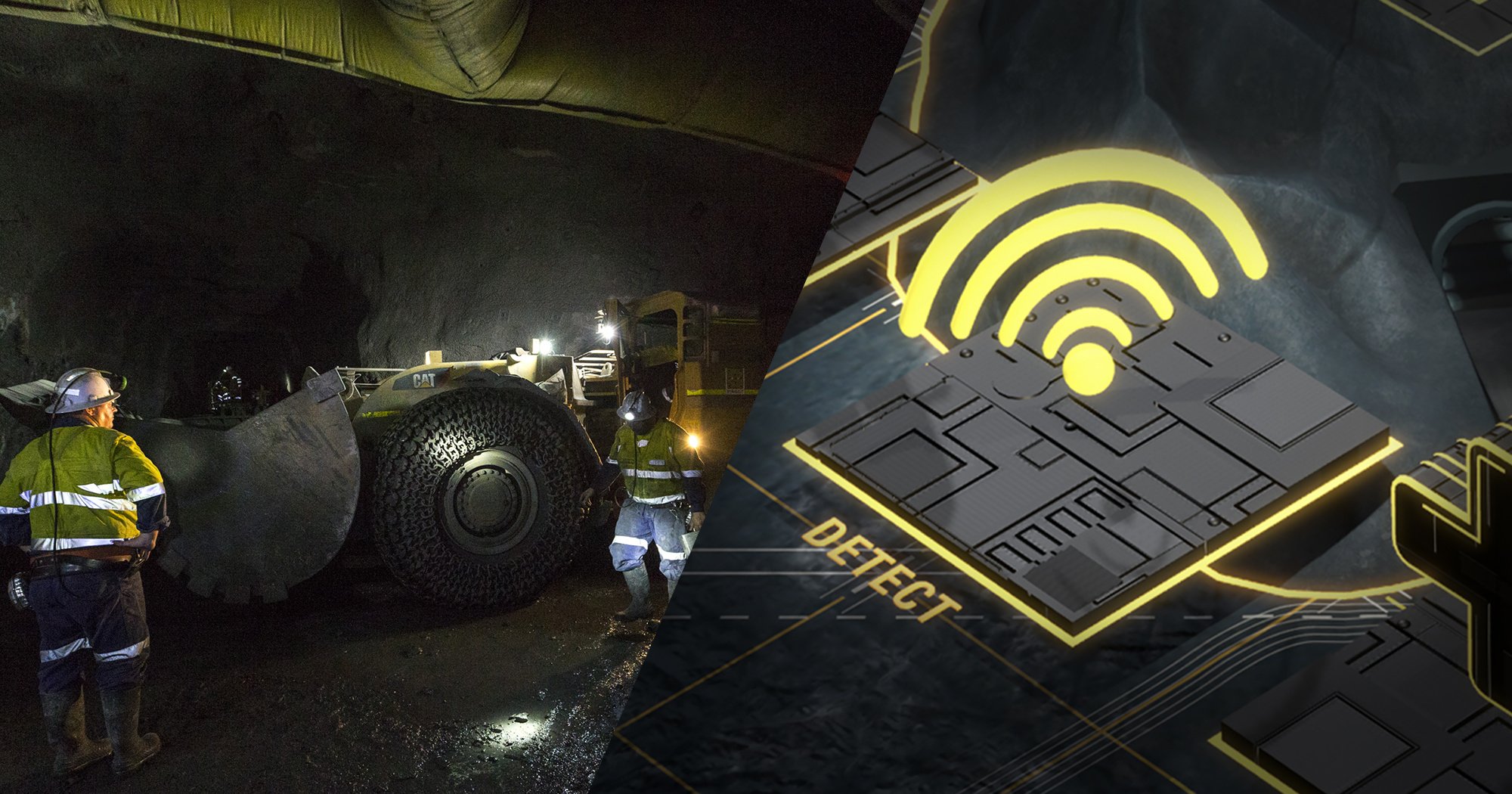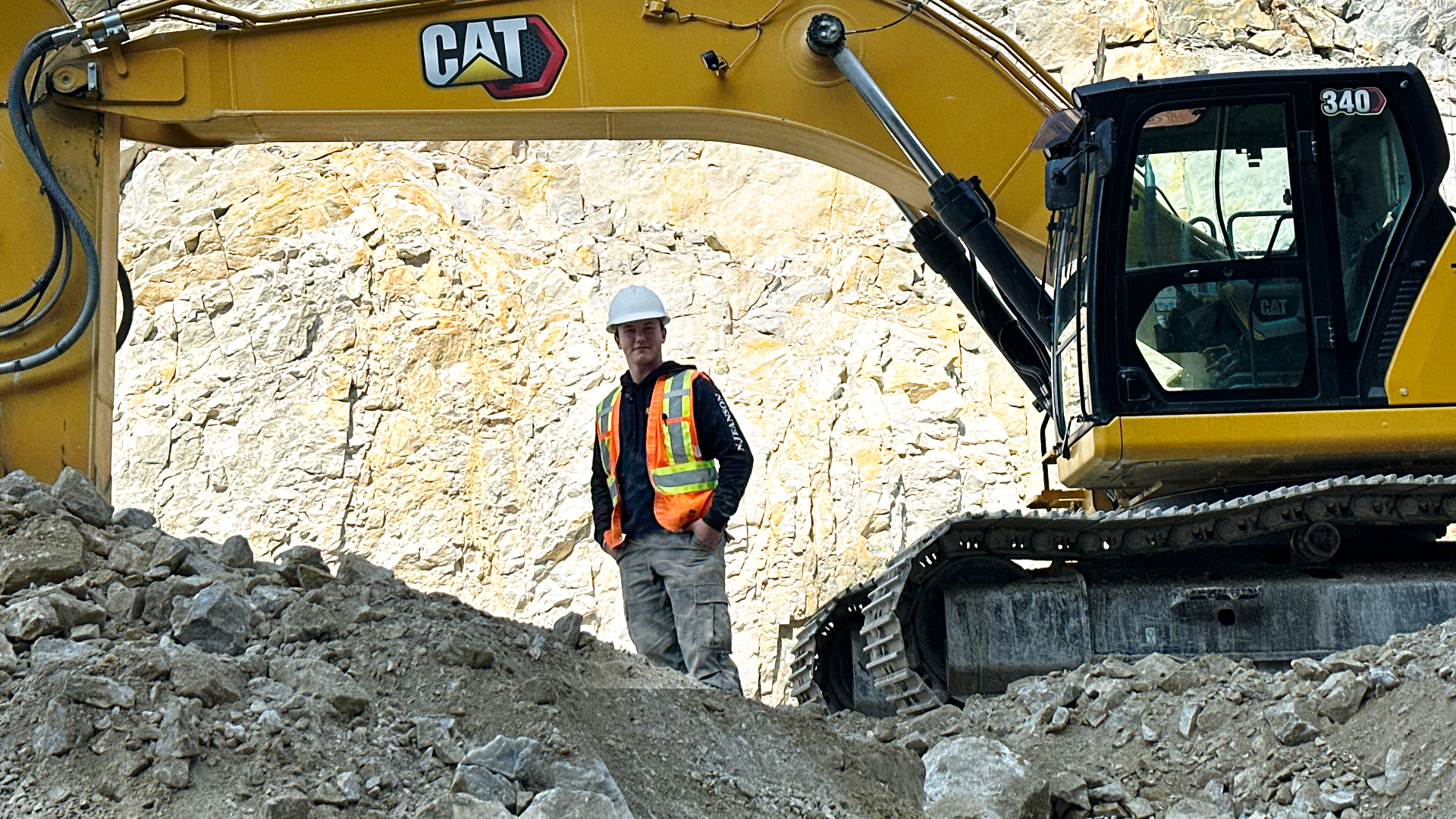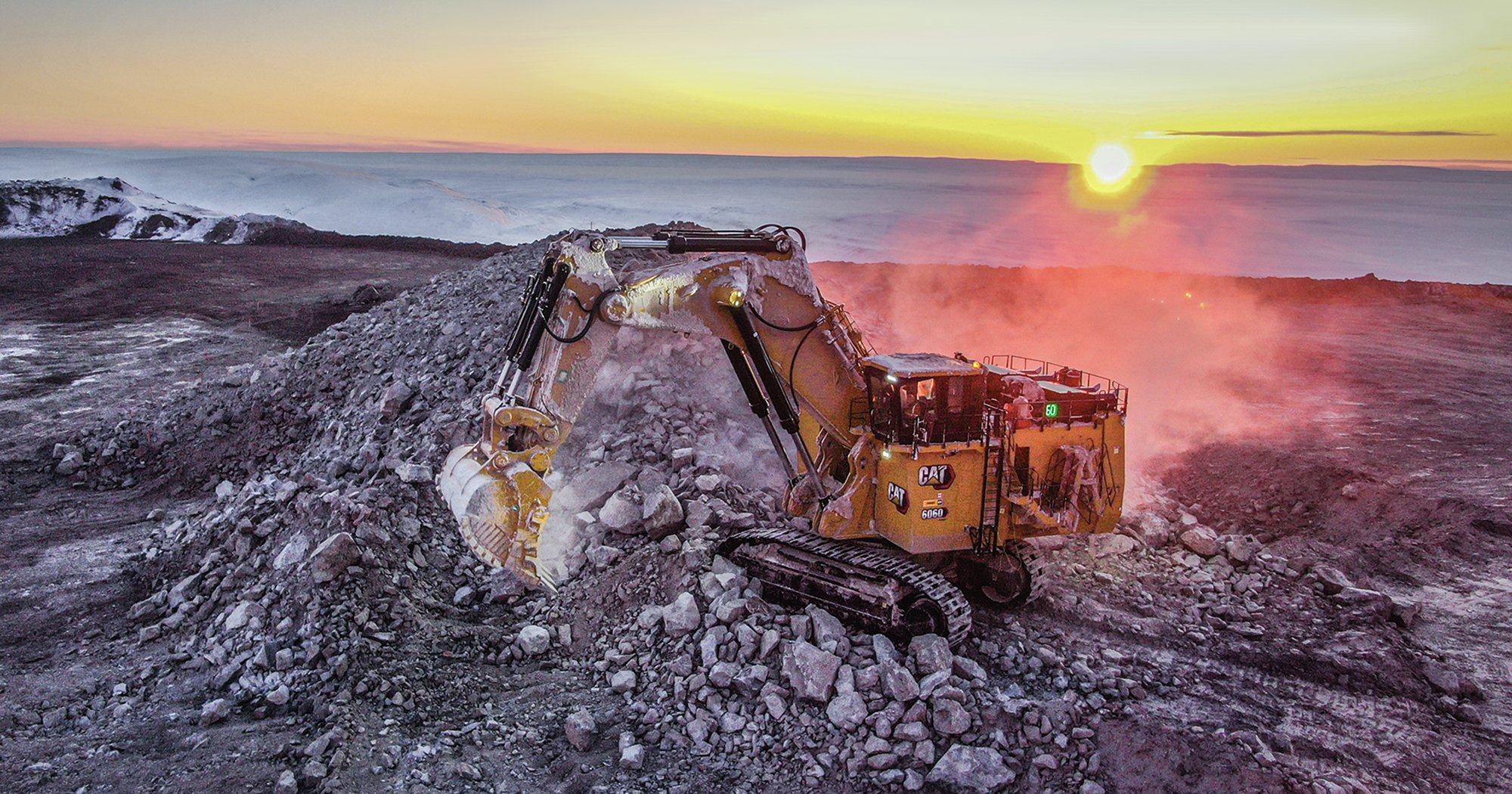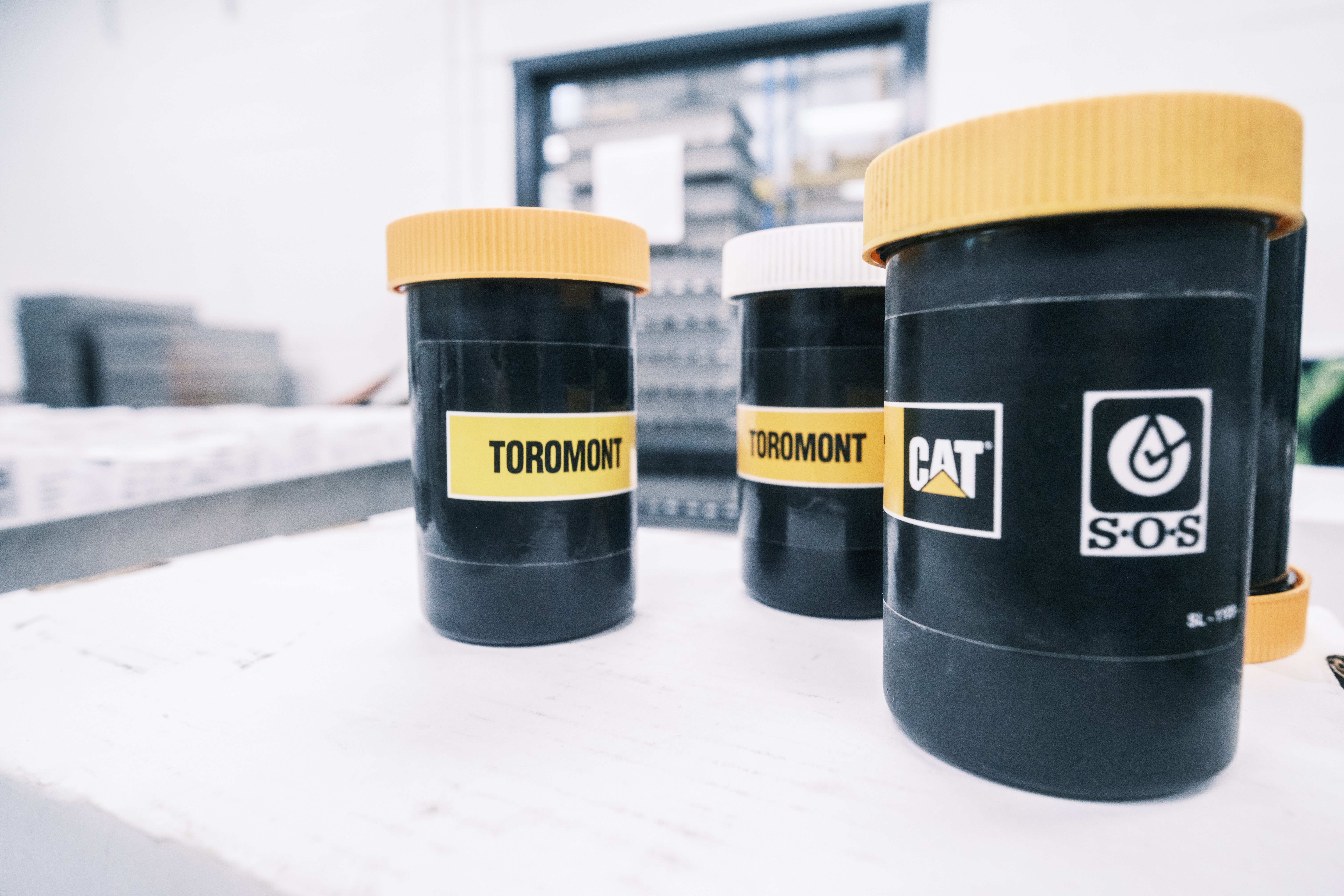
Our fluid analysis lab in Pointe-Claire offers comprehensive oil, coolant, and diesel fuel analysis services for all applications. Conducted in adherence to the rigorous standards outlined in our S·O·SSM Services Standardization 2013-2016-2020 and ISO 9001:2015 (2022) certifications, our lab provides a wide range of standard and specialized tests, ensuring precision and accuracy.
As the second-largest single fluid analysis lab in North America, right after Caterpillar, we go beyond assessing oil condition; we prioritize the condition of your equipment. Explore the remarkable work taking place behind the scenes at our lab.
Follow the journey of a fluid sample in our lab
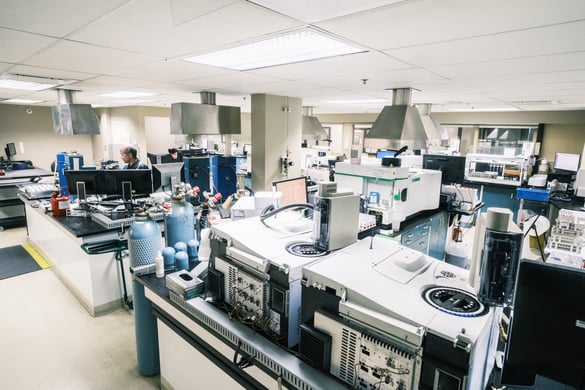

Reception of Samples
After receiving the samples, our team systematically unpacks them. Over 60% of the samples are equipped with a QR code, facilitating the elimination of registration papers (which are recycled!). The QR code enables technicians to quickly scan the information, as manual entry poses a higher risk of errors and takes significantly more time for our team to process the samples upon arrival. Each sample is then assigned a unique number to ensure precise identification of each bottle and to link them to the customer.
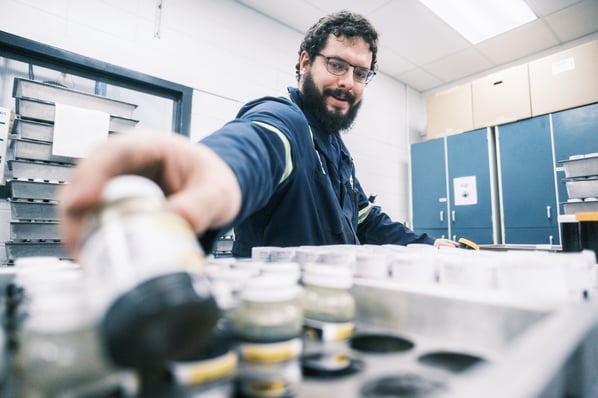
 Samples are homogenized
Samples are homogenized
Following labeling, the first step involves homogenizing all samples uniformly within a few minutes. In the context of laboratory practices, the homogenization process entails transforming a sample into a uniform and cohesive mixture.
 Particle Quantifier Test
Particle Quantifier Test
This is a basic test to detect metal particles, performed through a magnetic test. The results obtained will allow for diagnosing normal and abnormal wear of the machine. The magnetic cell extracts iron-based particles, counts and measures them, providing direct results on our software.
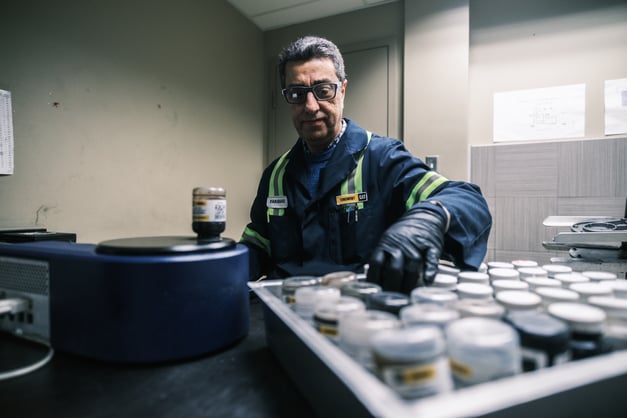
 Dilution
Dilution
After dilution, the samples are directed to the spectrometer. The viscosity test is also conducted at this stage since the sample bottles are already open. This is the only instrument for which we dilute the sample.
Viscosity stands out as a crucial characteristic of oil, representing its resistance to flow. It plays a direct role in the oil's effectiveness in lubrication, creating a film to prevent surfaces from coming into contact. Irrespective of ambient or engine temperature, the oil must flow adequately to guarantee a proper supply to all moving parts.
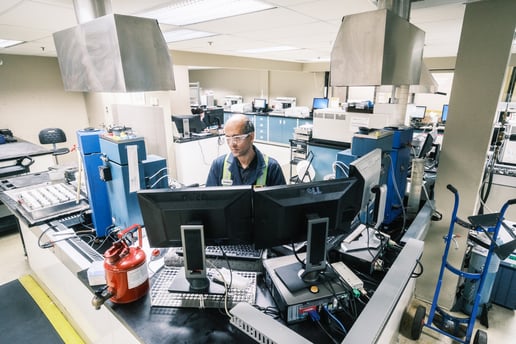
 Atomic Emission Spectroscopy (AES)
Atomic Emission Spectroscopy (AES)
This analysis provides insights into the machine's wear, distinguishing between normal, marginal, and critical wear. As a quality assurance measure, the instrument is initially calibrated with certified standards. We ensure the availability of reliable calibration curves initially and progressively verify them. The same standard is applied to all 15 samples to maintain consistent quality control over our instruments.
We have the best instruments on the machine, not only to enhance capacity but also as a guarantee of quality and comfort for our technicians!
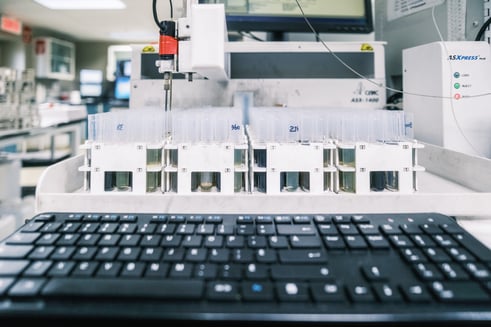

Infrared
Infrared analysis is used to detect the presence of soot, sulfation, oxidation, and nitration, allowing for the determination of the degree of oil deterioration and verifying if it meets performance requirements.
Mineral Oils versus Biodegradable Synthetic Oils
This allows for the identification of biodegradable synthetic oil and quantifying the proportion of this oil present in the machine compared to the one the customer should use.
The GC Instrument
With this instrument, when the viscosity falls completely outside the range (indicating dilution), we forward the sample to the interpreters as an additional result must be provided. This instrument detects the presence of glycol in the engine oil as well as the presence of fuel in the oils. Approximately 10 to 12% of engine oils undergo this analysis. The presence of glycol leads to rapid oil oxidation, typically indicating a cooling system leak. Highly oxidized oil becomes sticky and forms sludge that clogs the filter. Any glycol contamination in the oil is unacceptable. Engines, hydraulic systems, or transmissions using water-to-oil coolers may become contaminated with coolant if there is a leak in a cooler tube or seal.




